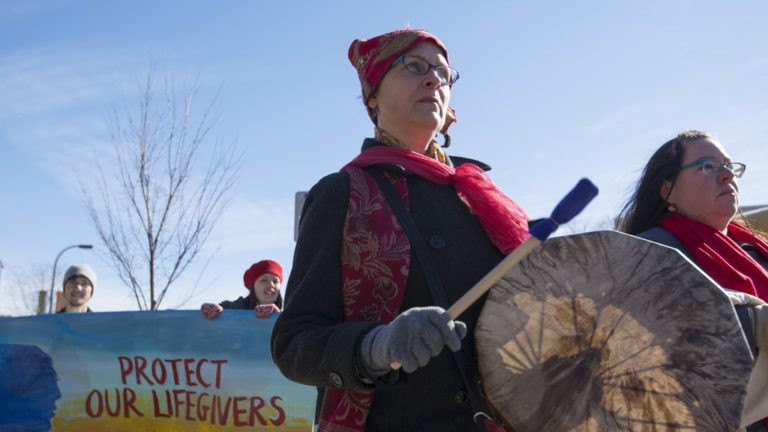In the beginning of October 2018, another march for indigenous rights was held in Montreal, Canada. Hundreds gathered to remind politicians and police officers of the missing and murdered indigenous women. Canada’s long history of ethnic discrimination continues to echo today alongside the government’s failure to address this structural violence.
The public outcry of the manifestation “break the silence, end the violence” can be seen as a response to the consistent abuse and violence against the female indigenous population in Canada. It is estimated that over 1200-4000 indigenous women have been murdered or gone missing over the last few decades. Considering that only 4 % of the entire Canadian population is officially labelled as indigenous, these numbers are alarming. It is also a reminder that colonialism is not only a project of the past, but takes form in the institutionalized discrimination against indigenous groups today. Marginalised indigenous women are especially vulnerable to the exposure of violence.
Recent high profile individual cases of murdered young women, including the tragic deaths of Tina Fontaine and Rinelle Harper, has triggered national outrage. These two indigenous teenage girls whose bodies were subjected to brutal violence subsequently triggered the Canadian government to open a government investigation to the missing and murdered indigenous women.
The government’s failure to address the causes behind the violence against indigenous women has been, however, widely criticized. As a result, the shortcomings of the government’s action has left traumatized family members discouraged about seeking justice for their daughters and an end to this systemic violence.
Few words with a strong message: The public outcry “break the silence, end the violence” from the march echoes in the Canadian society as the battle for rights and justice continues.


